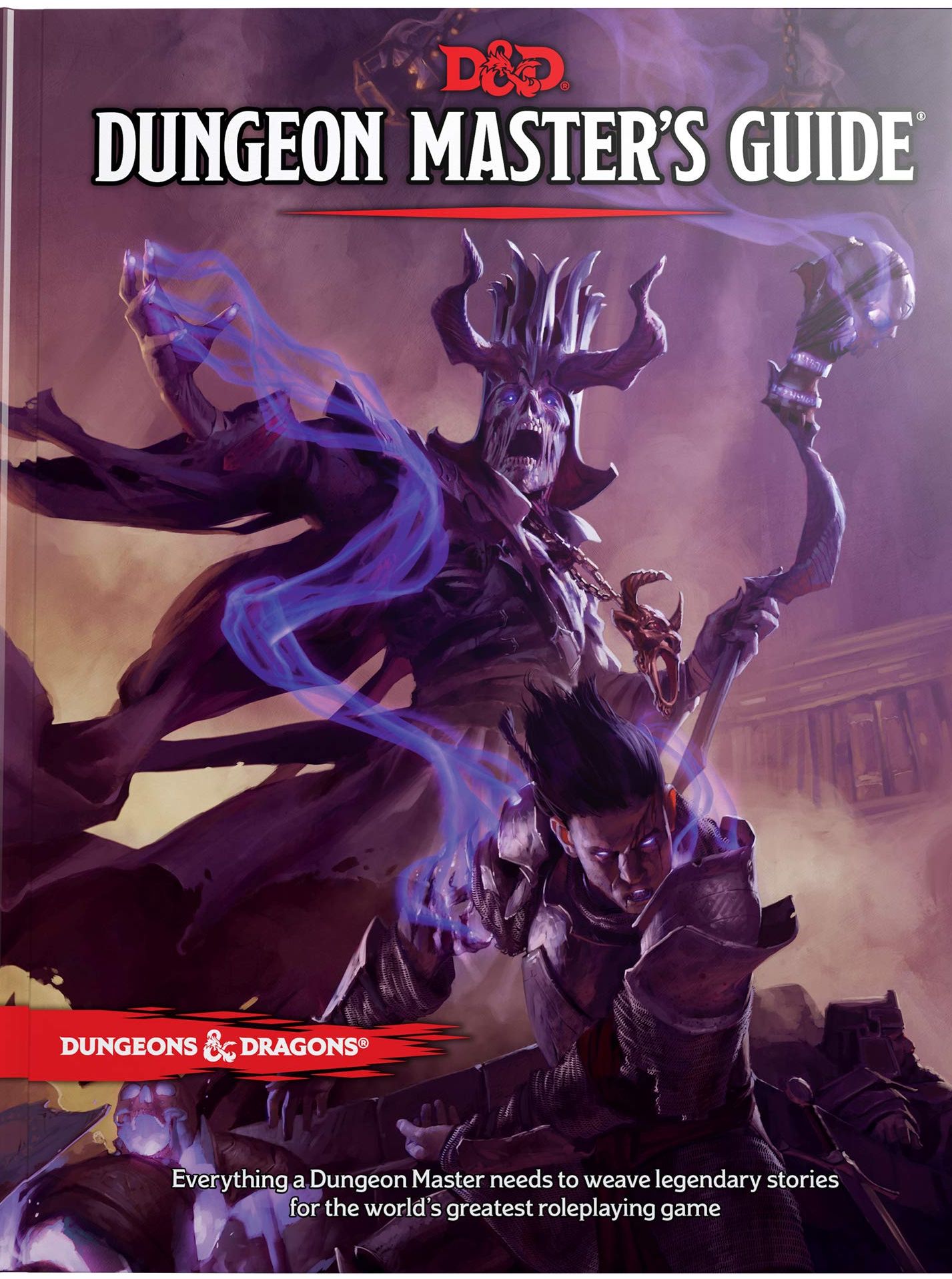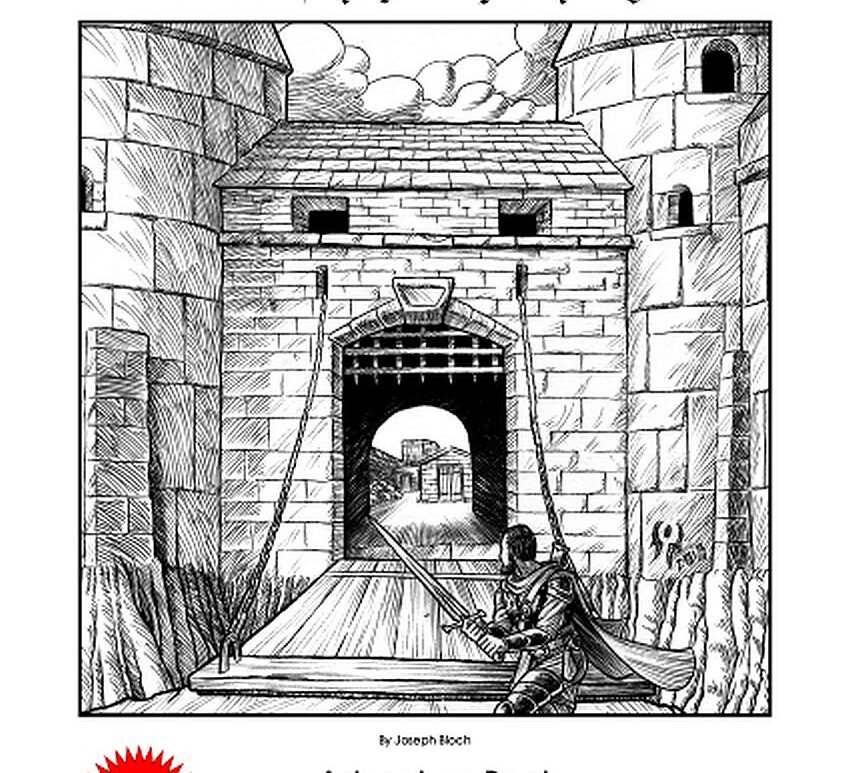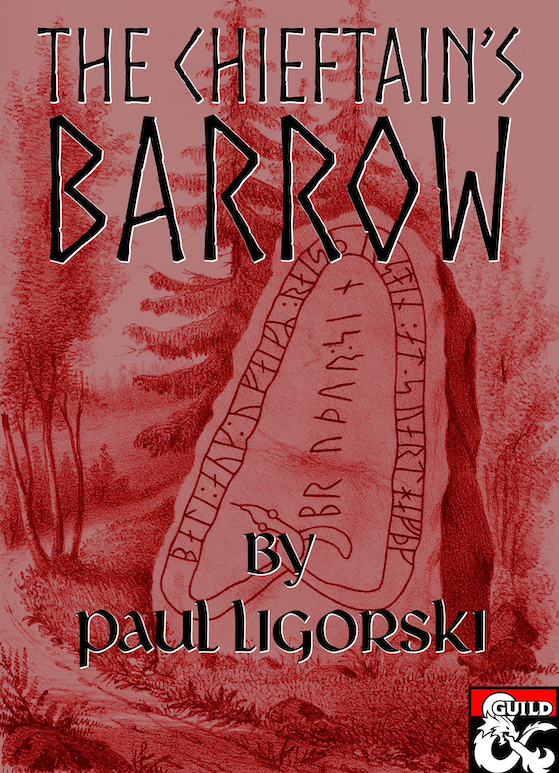
Two Wandering Monster tables
For our play of the Castle Greyhawk campaign, I’ve been developing my own Wandering Monster tables. For the most part, these are aimed at providing danger – thus foes – for the players. Especially when – on the Labyrinth level – this was the main thing that would challenge the party. Let me say: Using only wandering monsters? Not good. You want areas of interest … Continue reading Two Wandering Monster tables




